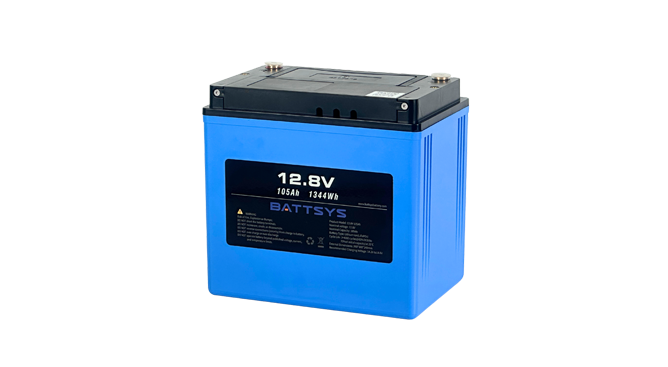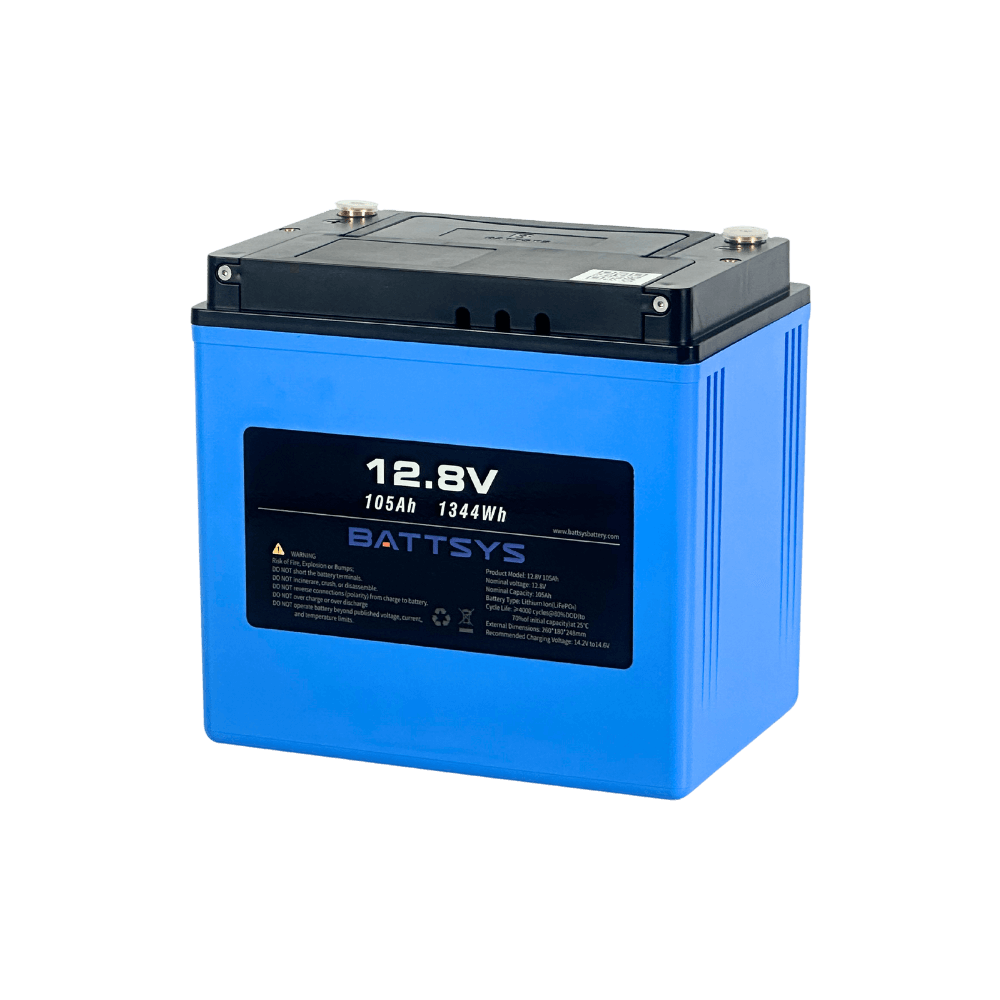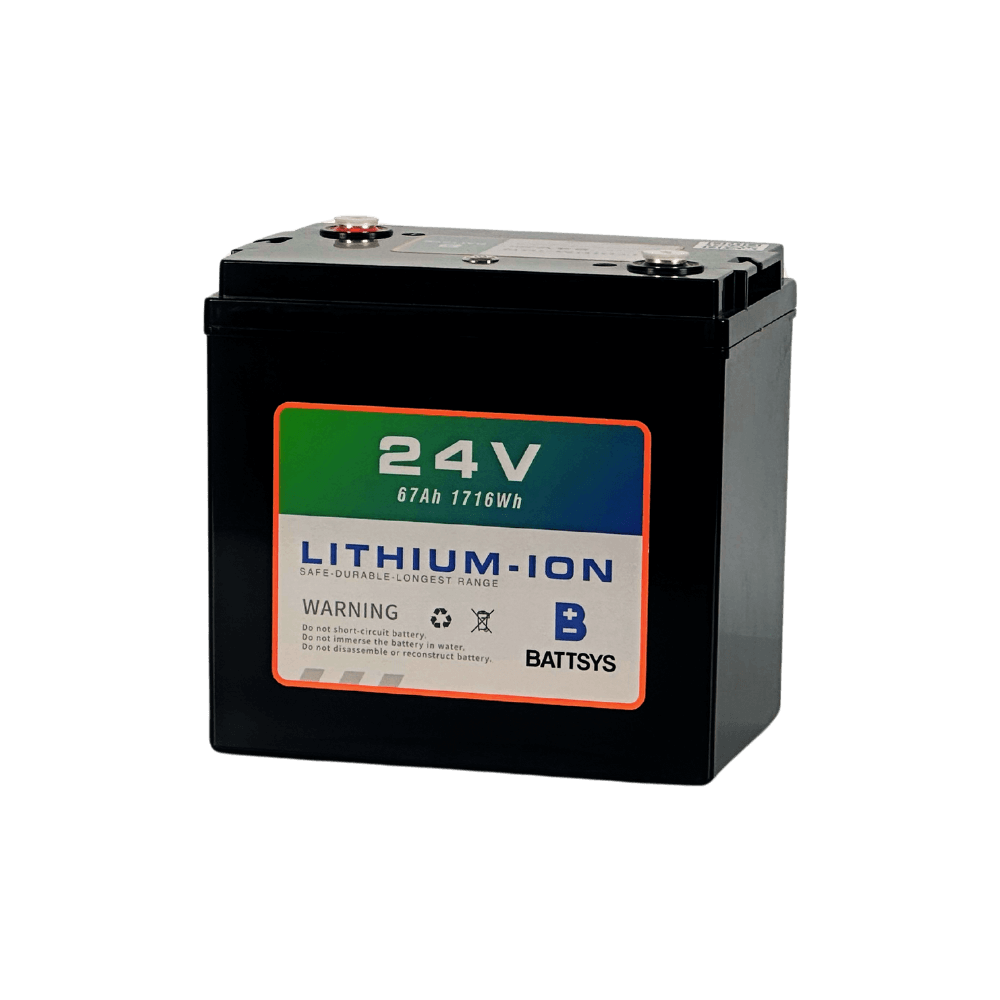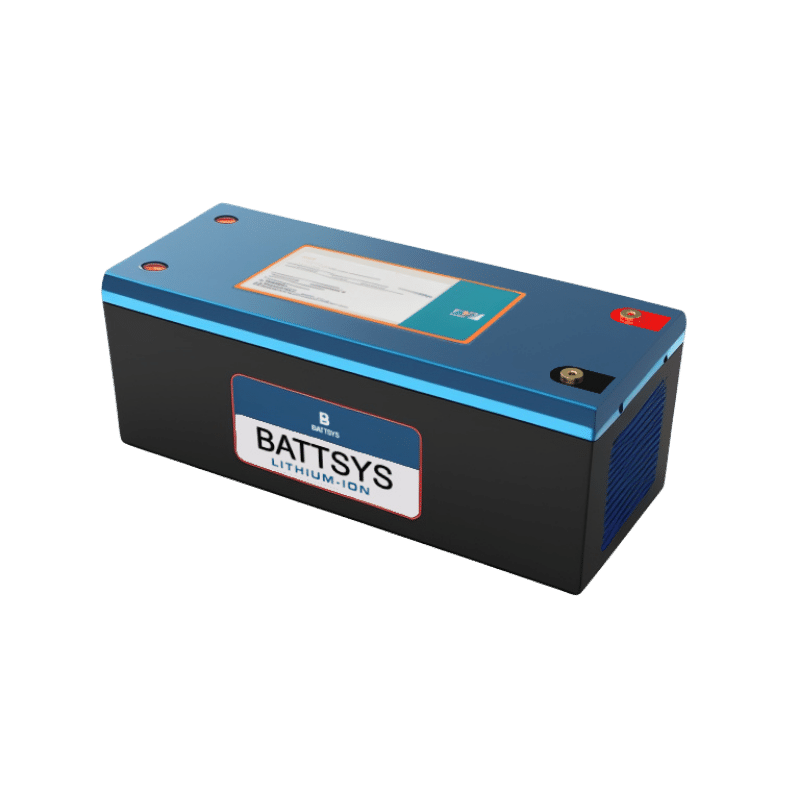The technical difficulties of power lithium batteries need to be overcome.
The current development status of our country. Our first judgment is that we have basically mastered the key technology of automotive power batteries. The development of power batteries in our country is basically synchronized with the whole vehicle. During the 15th Five Year Plan period, we carried out research and development of nickel hydrogen batteries, lithium manganese oxide lithium-ion batteries, and fuel cells. During the 11th Five Year Plan period, we increased the research and industrialization of lithium iron phosphate batteries, and during the 12th Five Year Plan period, we promoted the research and industrialization of ternary material batteries. We are currently in such a stage.

Technically speaking, our country has developed nickel hydrogen batteries and lithium-ion fuel cells, with key technical indicators reaching an advanced level compared to similar foreign products. Currently, our lithium batteries can achieve a system specific energy of 800-1000 watt hours, a specific power of 500-100 watt hours, a cycle life of over a thousand times, and a service life of approximately five years, with a cost of less than three yuan per watt hour.
From a product perspective, lithium iron phosphate batteries have become mature. In the past, our country's supply of batteries supported the development of the industry. Currently, most of the batteries used in large-scale demonstrations are domestically produced. According to the current promotion catalog for new energy vehicles released by the Ministry of Industry and Information Technology, the vast majority of automotive batteries in our country are lithium iron phosphate batteries. In other words, in the past two years, ternary material power batteries have begun to be demonstrated and applied in electric vehicles. BYD's cars, which are well-known to everyone, use hydrochloric acid iron batteries, while battery systems such as SAIC and BAIC use lithium iron phosphate. FAW Besturn is currently a demonstration car, using a 168 battery and ternary materials.
The third point is that our country has established a relatively complete industrial system. Yesterday, we heard that the sales volume of electric vehicles in our country was about 84000 units in 2014. If we calculate that each vehicle sold between 20-30 units, it can be said that our batteries have reached over 2 billion kilowatt hours, and our sales revenue should exceed 5 billion yuan. In 2015, it will exceed 10 billion kilowatt hours. Our country is currently promoting the construction of power battery production capacity, and it is estimated that it will exceed 10 billion kilowatt hours by 2015. The second one is that our country has established a relatively complete industrial system, with certain production capacity for key materials, individual batteries, battery systems and equipment, testing instruments, etc. Examples include Peking University Pioneer, Tianjin Bamo, and Beijing Dang Province. These are positive electrode materials, while negative electrode materials such as Betray and Shanshan still have certain competitiveness internationally.
From the perspective of development trends, the first trend in our world is that lithium-ion batteries have become the main direction of power batteries. At present, it is clear to everyone that fuel cells are mainly used for commercial batteries in Japan, the United States, Europe, and South Korea. At present, hybrid technology is also being used to drive the application of lithium batteries. South Korea, Japan, and China dominate the global lithium battery industry, ranking first in South Korea, second in Japan, and third in China. Recently, Samsung, LG, and SK have announced the establishment of joint ventures in China, and our country's mainstream car manufacturers are also preparing to use batteries produced in South Korea in their own brand cars.
Characteristics of power lithium batteries
The Chinese government strongly supports the research and development of the new generation of power batteries. In 2012, Japan implemented a battery storage strategy and proposed that the battery market should account for 50% of the world market share by 2020, in order to regain its position as the world's number one. According to the technology roadmap released by NEDO in 2013, his technology roadmap is expected to mainly focus on advanced
lithium-ion batteries before 2020, achieving practicality with a system specific energy of 250 watts per kilogram and a cost of less than 1.5 yuan. By 2030, it will be called a revolutionary battery with an energy of 500 watts per kilogram and a cost of less than 80 cents.
The United States proposed an EV blueprint in 2013, aiming to produce plug-in hybrid electric vehicles by 2022 that use electricity at a cost comparable to traditional cars. According to the technology roadmap released in 2013, the next generation of batteries will be put into practical use by 2022, with a system specific energy of 250 watts per kilogram and a cost reduction of less than 80 cents. After 2013, lithium-ion batteries will be put into practical use.
From the perspective of the new generation of lithium-ion batteries, the research and development of what is generally referred to as the new generation of power batteries in our country mainly revolves around the new generation of lithium-ion power batteries and new system batteries. The new generation of lithium-ion batteries is different from the current system. The positive electrode material, negative electrode material, and electrodes all need to undergo changes. The specific energy of the battery can reach 300 watts per kilogram, and the cost can reach less than one yuan. There are two things listed in this table. One is that Hitachi recently announced the use of nickel based positive and negative electrode single cells with a specific energy of 330 per kilogram and a lifespan of 50 cycles. The other is Frenzyme, which serves as the positive electrode and is classified as the negative electrode, with a lifespan of up to 100 cycles. However, the cost and safety of this battery system currently require further verification. The second type is new system batteries, which are generally based on new chemical principles and use lithium metal or other metals as composite materials, including lithium metal, sulfur batteries, lithium metal air batteries, zinc metal air batteries, and aluminum metal air batteries. These batteries should be said to have no problem as primary batteries in history, but in the field of power batteries and electric vehicles, secondary batteries must be achieved. There are also many challenges faced.
From the current perspective, this type of battery is still in the experimental research stage, and its cycle, safety, lifespan, and cost need to be further verified for safety. From the situation in recent years, especially the report released by the Argonne National Laboratory in the United States in 2014, which quantitatively analyzed the battery system level, it was proposed that the technical risks of commercializing lithium metal/air battery systems are significantly higher than those of the new generation lithium-ion batteries. The technical risks associated with air batteries are highlighted in red in this table, with positive and negative electrodes and a slightly higher risk for the entire system.
The next generation needs to break through the new generation of lithium-ion batteries. Currently, people are more concerned about the application and technology of new materials. Recently, according to online news, Graphenano, a Spanish company, claimed to have developed graphene polymer batteries with a specific energy of 497Wh/Kg, which can be fully charged in 8 minutes and have low cost. Based on the reported technical indicators, it is speculated that it may be a lithium sulfur battery system. We have reviewed this system repeatedly, and according to its technical specifications, its voltage is 2.3 volts.
The above analysis shows the problems and gaps in our country's industries. First, we believe that the competitiveness of China's power battery industry is not strong, which is reflected in two aspects. One is that the technology is not progressiveness and the reliability competitiveness is not strong. The specific energy, high and low temperature characteristics, reliability and economy of China's lithium iron phosphate power battery products are significantly lower than the technical level of power batteries made of ternary materials abroad; After 1718, South Korea may drop to below one yuan and fifteen cents. There is a significant gap compared to foreign countries in terms of product manufacturing equipment, process level, testing and verification capabilities, product quality, and consistency. This is technically speaking.
From the perspective of enterprises
The scale innovation ability of the first enterprise is not highly competitive. There are many enterprises in China, but the economic scale, profitability, R&D team, R&D capability, and R&D system of most enterprises are far behind those of Japanese and Korean enterprises.
The second issue is that the technological innovation capability of the new generation of power batteries is not strong. One manifestation is that the number of international patents is significantly lower than that of developed countries. Our country has published many papers, probably the first in the world, but patent applications are mainly concentrated in China. Patents applied for in the United States account for only 2% of US patents, and authorization is only about 1%. There is no statistical data available in Europe. The second is the strong exploration ability of new materials and key technologies. China's main task is to explore the technology of the new generation of power batteries. The research on new material engineering is seriously insufficient, and the engineering development capability and centralized investment mechanism have not been formed.
The third issue is that the mechanism for industrial collaborative innovation has not been formed, which is manifested in two aspects. One is that the collaborative mechanism for technological innovation has not been formed, and technological research is concentrated in universities, research institutions, and technological products. The second issue is that the collaborative mechanism for industrial development has not been formed, and there is a lack of unified understanding of the technical route and product requirements, quality system, battery recycling, and other aspects of the power battery, battery system, and power battery industry. There is no established system and mechanism for industrial collaborative development.
Summary
There are three suggestions. The first one is to accelerate the research and development of the new generation of power batteries. According to our country's plan, the specific energy of batteries in our country will reach 300 watt hours per kilogram by 2020, which will take about six years. Therefore, we believe that the country should establish a new generation of power battery innovation special project to concentrate research and investment, break through the new generation of lithium-ion batteries and new batteries, and achieve a specific energy of 250Wh/kg and a cost reduction of 1.0 yuan/Wh in the battery system by 2020; The specific energy of the new system battery reaches over 400Wh/kg.
The second is to strengthen the construction of innovative engineering capabilities,. One is to build engineering research capabilities for new materials and key technologies of next-generation power batteries, connecting basic research, engineering development, and product development; The second is to build the ability to verify the design of power battery products, transforming the technical requirements of electric vehicles into design requirements for power batteries and battery systems.
The third is to accelerate the promotion of industrial collaborative innovation, with the government taking the lead, industry organizations, and joint efforts with automobile and battery companies. Firstly, to jointly formulate a roadmap for power battery technology, clarify phased goals and tasks, and guide the development of China's power battery industry; We believe this is very important, and it should be said that this task is also urgent, and everyone's understanding should be unified. The second is to jointly formulate general technical specifications for power batteries, clarify the requirements for the design, manufacturing, storage, transportation, and recycling of battery products, and promote the accelerated development of China's power battery industry.




